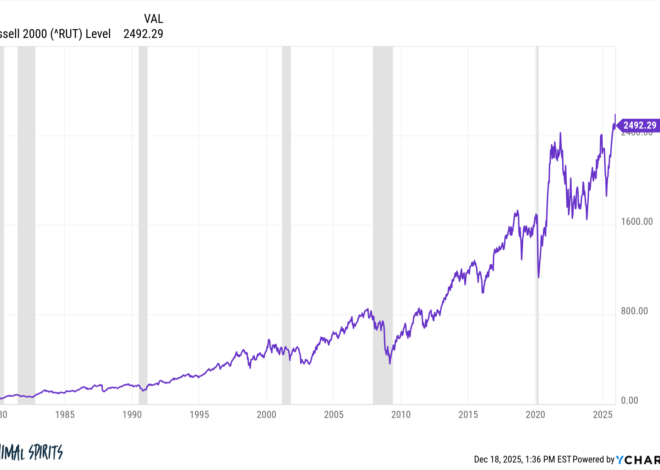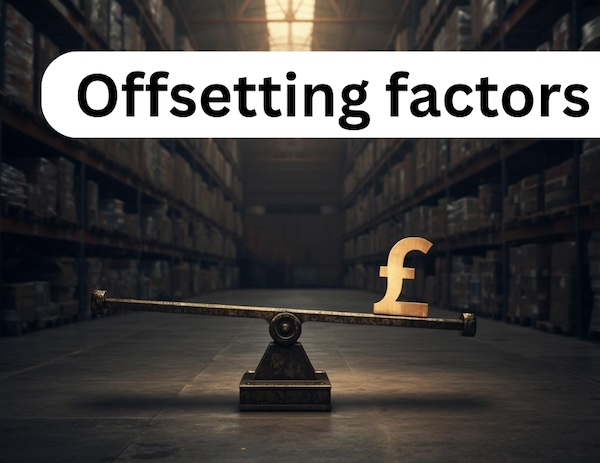We all need a roof over our head. But our requirements change through life. When we’re young, a one or two-bedroom apartment close to all the action might be perfect. When it’s time to raise a family, a larger home is what we’re after so everyone’s got the space to do their thing, including inviting friends around. Then in the third act, when the kids are finally off the books, something smaller makes sense, but hopefully with a bit more comfort and panache than what suited you in your 20s.
Australia has three elements that present a significant financial planning opportunity through this life path. In this week’s post, I wanted to share with you what those three elements are and how you might be able to use them to improve your financial position.
Housing Affordability
The first consideration concerns the cost of residential property in Australia. Given we are such a large country, with a relatively small population, it is puzzling as to why our residential property costs as much as it does. There’s no shortage of space.
There are various policies aimed at increasing supply, but you’d be brave to think that improved housing affordability, which is a nice way of saying falls in property prices, is anywhere on the horizon. Indeed as much as politicians would want to make claims around improving housing affordability, the reality is, falling property prices would almost certainly see them booted out of office.
Given this tightness in residential property supply, and the reasonable assumption that it will continue, we can have a fairly high level of confidence that if we purchase a home and hold it for 20 odd years, when we exit, we’ll get our money back, and probably far more than that. In other words, buying a home that you hold long term is usually a pretty low risk investment.
It also means however that buying a home in a desirable suburb often requires a very large outlay and a consequent large mortgage – so large that getting it fully repaid within your normal working life may not be feasible, at least if you want to have a life beyond living off of Vegemite on toast.
Primary Residence Capital Gains Tax Exemption
We pay tax on the income that we earn. When that income is produced through the value of an asset increasing over time, the tax applicable is capital gains tax. Our homes however are exempt from this tax. For those open to a downsizer strategy, this capital gains tax exemption is a fundamental ingredient to success.
Downsizer Super Contributions
The pot of gold at the end of the rainbow superannuation wise is to get a tax free pension. Currently the most that you can put into a tax free pension is $1.9 million, which will rise to $2million next financial year. That is per person, so you can double this for a couple. That’s a lot of money to amass in retirement savings, and given the contribution caps that apply, it’s not easy to get to that level. There is however a specific contribution type known as a downsizer contribution, which enables you to put some proceeds from the sale of a property into superannuation, outside all the normal contribution cap limits. Currently any individual can put $300,000 into superannuation through this downsizer mechanism. A couple therefore can potentially get $600,000 in.
Bringing It All Together
Okay, let’s put these three ingredients into a bowl and stir them around a bit. We’ve got an environment where housing is expensive, but holds its value well. It gets very favourable tax treatment, with any growth in the value completely exempt from tax. And then there’s a specific rule that enables us to get extra into the tax effective superannuation environment where we free up money from a property sale.
Here’s an example of how you might use these ingredients. You’re in your early 30s, the career trajectories going well, with a couple of kids entering school. It’s time to get a bigger home in a suburb that you are comfortable raising a family in, with good schools and facilities.
Homes in your chosen suburb cost a lot of money though. This very much depends on the city that you live in, but in Sydney, for example, a suitable property could easily cost $2,000,000.
You’ve got some money to chip in, having owned an apartment for the last six years. But to make it work, you’re going to need a mortgage of $1.3 million. In order to afford the repayments, you need a 30 year loan term, and really can’t afford to pay much beyond the minimum required repayments, at least for now.
You take the plunge and life unfolds. Before you know it, 20 years has gone by. The kids are out, and the house no longer makes sense for your needs. It’s time to downsize.
You put the home on the market. It’s now worth $6 million. You still owe $500,000 on the mortgage, but with that cleared you have $5.5 million in your pocket. Between you and your partner, you get $1,000,000 of this into your super, through a combination of downsizer contributions and non-concessional contributions. You then have $4.5 million to purchase a lovely 3 bedroom home, with room for future grandkids, and everything within an easy walk.
By 60 you live in a great home that fits your needs perfectly, you’re debt free, and you have a healthy superannuation balance. Winning on all fronts.
Sound good? It’s possible, and the settings within our Australian system drive you towards this approach.
Thanks for giving the blog another read. We’ll be back with the next post in a fortnight’s time. In the meantime if you’ve newly discovered this blog, you may not be aware that we also produce a weekly e-mail called GainingCHOICE that provides an update on markets, a weekly quiz, and other bit and pieces that we have going on. To add yourself to the list to receive this, go to www.financialautonomy.com.au/gainingchoice
Bye for now








